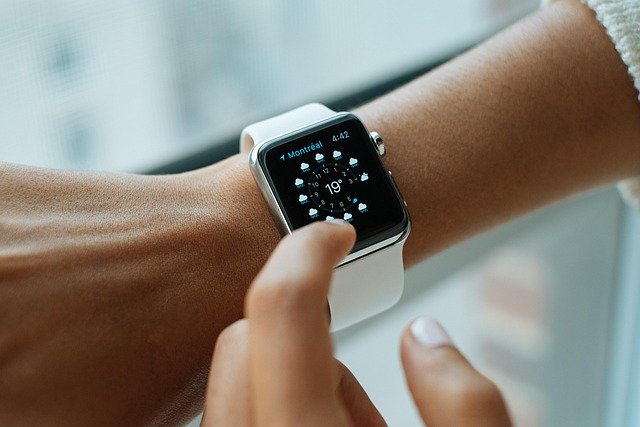Haptic Feedback: The Invisible Touch Revolution
In the ever-evolving world of technology, one innovation is quietly transforming our digital interactions: haptic feedback. This sophisticated system of vibrations and tactile sensations is reshaping how we engage with our devices, adding a new dimension to our digital experiences. From smartphones to gaming controllers, haptic technology is becoming increasingly prevalent, subtly enhancing our daily interactions with technology in ways we might not even realize.

The technology works by using actuators - small motors that create vibrations - to simulate various sensations. These can range from a simple buzz when you press a virtual button on your smartphone screen to more complex sensations that can mimic textures or resistance in virtual reality environments.
A brief history of haptic technology
The roots of haptic technology can be traced back to the 1970s when it was primarily used in teleoperation systems for nuclear power plants. However, it wasn’t until the 1990s that haptic feedback began to appear in consumer products, starting with vibrating pagers and eventually making its way into video game controllers.
The Nintendo 64’s “Rumble Pak” accessory, released in 1997, marked a significant milestone in bringing haptic feedback to mainstream gaming. Since then, the technology has evolved dramatically, becoming more sophisticated and versatile.
The current state of haptic technology
Today, haptic feedback is ubiquitous in our digital devices. Smartphones use it to provide tactile responses to touchscreen interactions, smartwatches buzz to notify us of incoming messages, and game controllers rumble to enhance immersion in virtual worlds.
Apple’s Taptic Engine, introduced with the iPhone 6s in 2015, represented a significant leap forward in mobile haptic technology. This linear actuator can create more nuanced and precise vibrations than traditional rotating mass vibration motors, allowing for a wider range of tactile sensations.
Beyond gaming: Haptics in unexpected places
While gaming remains a primary application for haptic technology, its use is expanding into unexpected areas. In the automotive industry, haptic feedback is being integrated into touchscreen interfaces and steering wheels to improve safety by reducing the need for drivers to take their eyes off the road.
In the realm of wearable technology, companies are developing haptic feedback systems for clothing that can guide visually impaired users or provide subtle navigation cues. Some researchers are even exploring the use of haptics in medical training, allowing students to feel virtual patients’ pulses or practice surgical procedures with realistic tactile feedback.
The future of touch: Advanced haptic technologies
As we look to the future, haptic technology is poised for even more exciting developments. One area of particular interest is ultrasonic haptics, which uses focused sound waves to create tactile sensations in mid-air, without the need for physical contact with a device.
Another promising field is microfluidic haptics, which uses tiny channels of fluid to create dynamic textures and shapes on touchscreens. This technology could allow users to feel virtual buttons, textures, or even Braille on otherwise smooth surfaces.
Challenges and considerations
Despite its potential, haptic technology faces several challenges. Power consumption is a significant concern, particularly for mobile devices where battery life is crucial. There’s also the challenge of standardization - with different manufacturers using proprietary haptic systems, creating consistent experiences across devices can be difficult.
Moreover, as haptic feedback becomes more sophisticated, there are concerns about potential overuse leading to sensory overload or addiction. Striking the right balance between enhancing user experience and avoiding unnecessary distractions will be crucial as the technology continues to evolve.
The invisible touch revolution
As haptic technology continues to advance, it’s clear that we’re on the cusp of a new era in human-computer interaction. The ability to add a tactile dimension to our digital experiences opens up exciting possibilities for more intuitive, immersive, and accessible technology.
From enhancing virtual reality experiences to improving accessibility for users with visual impairments, haptic feedback is set to play an increasingly important role in our digital lives. As this invisible touch revolution unfolds, it promises to make our interactions with technology more natural, more intuitive, and ultimately, more human.





